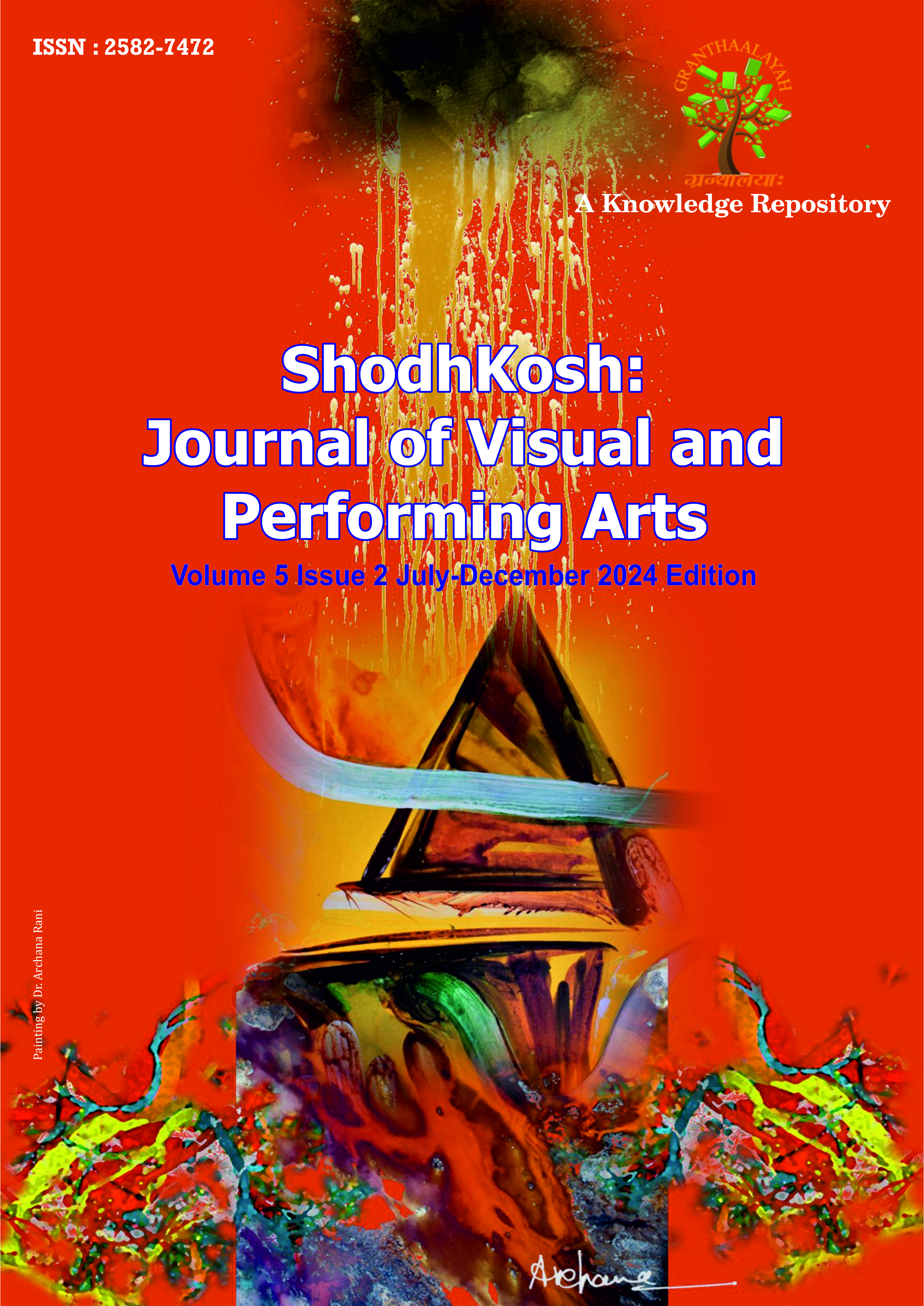A STUDY ON DEVELOPMENT OF EDUCATION OF SCHEDULED CASTE PEOPLE OF ASSAM
DOI:
https://doi.org/10.29121/shodhkosh.v5.i2.2024.6443Keywords:
Disadvantaged, Development of Education, LiteracyAbstract [English]
Indian education system has always thrived to bridge the gap in social category; still there remains large disparities, especially between the advantaged groups and the disadvantaged groups which have been almost away from education. A disadvantaged group refers to a population that is in a higher risk of experiencing negative effects or harm in specific situation, such as natural disasters or emergencies. Socio-culturally, Scheduled Castes, Scheduled Tribes, Other Backward Classes and Minorities are known as disadvantaged groups. Disadvantaged groups often face social discrimination, lack access to resources, face cultural differences and economic constraints which affect their educational and social journey. Education and development are the two sides of the same coin. Education is the most important factor for development of a person, a society, a state and a nation. In Assam, literacy rate of one of the disadvantaged classes, that is, Scheduled Castes is below the state average due to various factors. To have a healthy society, there is a need to uplift these classes. As it is seen, in respect of enrolment, retention, and transition rates, the Scheduled Castes children lag behind those children belonging to other categories. Poverty is a major problem in the education of Scheduled Castes. Education helps the weaker section by making them aware of their rights, duties and provisions for their development. Ultimately, education helps to improve and uplift their living standards in the society and empower them.
References
Barooah, Dr. Goswami Momita. “Spatial Pattern and Variation in Literacy among the Scheduled Castes Population in the Brahmaputra Valley, Assam”. Open Access article: 24-32. (http://creativecommons.org/licenses/by/2.0) DOI: https://doi.org/10.20896/saci.v2i1.68
Borbora, Dr. Rupa Das (1998). The Impact of Socio Economic Status on the Academic Achievements of the First Generation Learners. (Unpublished Ph.D. Thesis submitted to Gauhati University).
Chaube and Chaube (1994). Philosophical and Sociological Foundation of Education. Agra: Vinod Pustak Mandir.
Das, Bhakta (1986). Socio-Economic Condition of the Scheduled Caste People of Assam. New Delhi: Omsons Publications.
Das, Dr. Binita (2013). Role of Education on the Development of the Socio-Economic Conditions of the Scheduled Caste People with Special Reference to Kamrup District (Rural). (Unpublished Ph.D. Thesis submitted to Gauhati University).
National Education Policy 2020.
Office of the Registrar General & Census Commissioner, India (http://www.censusindia.gov.in)
Santa Kumari R. (1980). Scheduled Castes and Welfare Measures. New Delhi: Classical Publishing Company.
Sharma Thakur, Dr. G.C. (1992). Socio-Economic Development of the Scheduled Castes of Assam. Guwahati: Assam Institute of Research for Tribals and Scheduled Castes (AIRTSC).
Downloads
Published
How to Cite
Issue
Section
License
Copyright (c) 2024 Dr. Binita Das

This work is licensed under a Creative Commons Attribution 4.0 International License.
With the licence CC-BY, authors retain the copyright, allowing anyone to download, reuse, re-print, modify, distribute, and/or copy their contribution. The work must be properly attributed to its author.
It is not necessary to ask for further permission from the author or journal board.
This journal provides immediate open access to its content on the principle that making research freely available to the public supports a greater global exchange of knowledge.




























